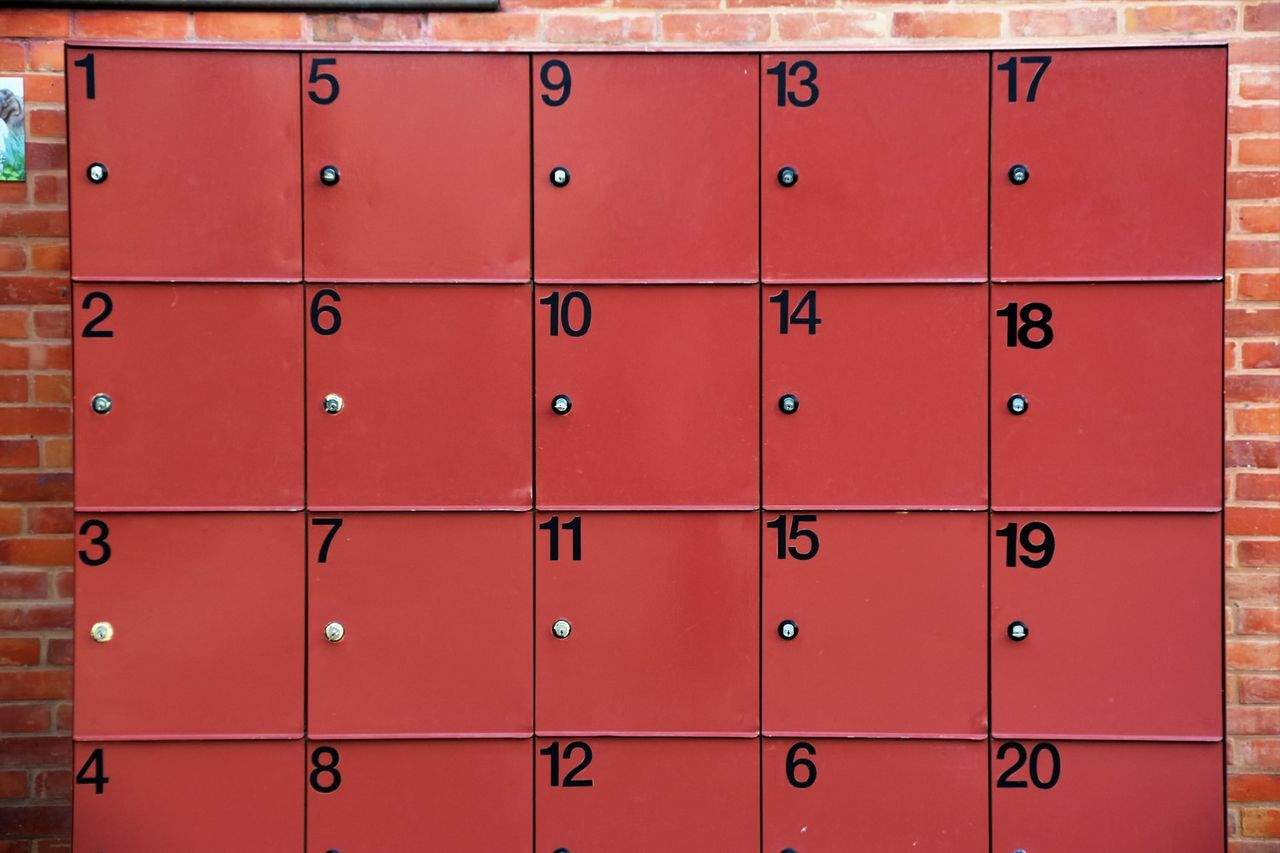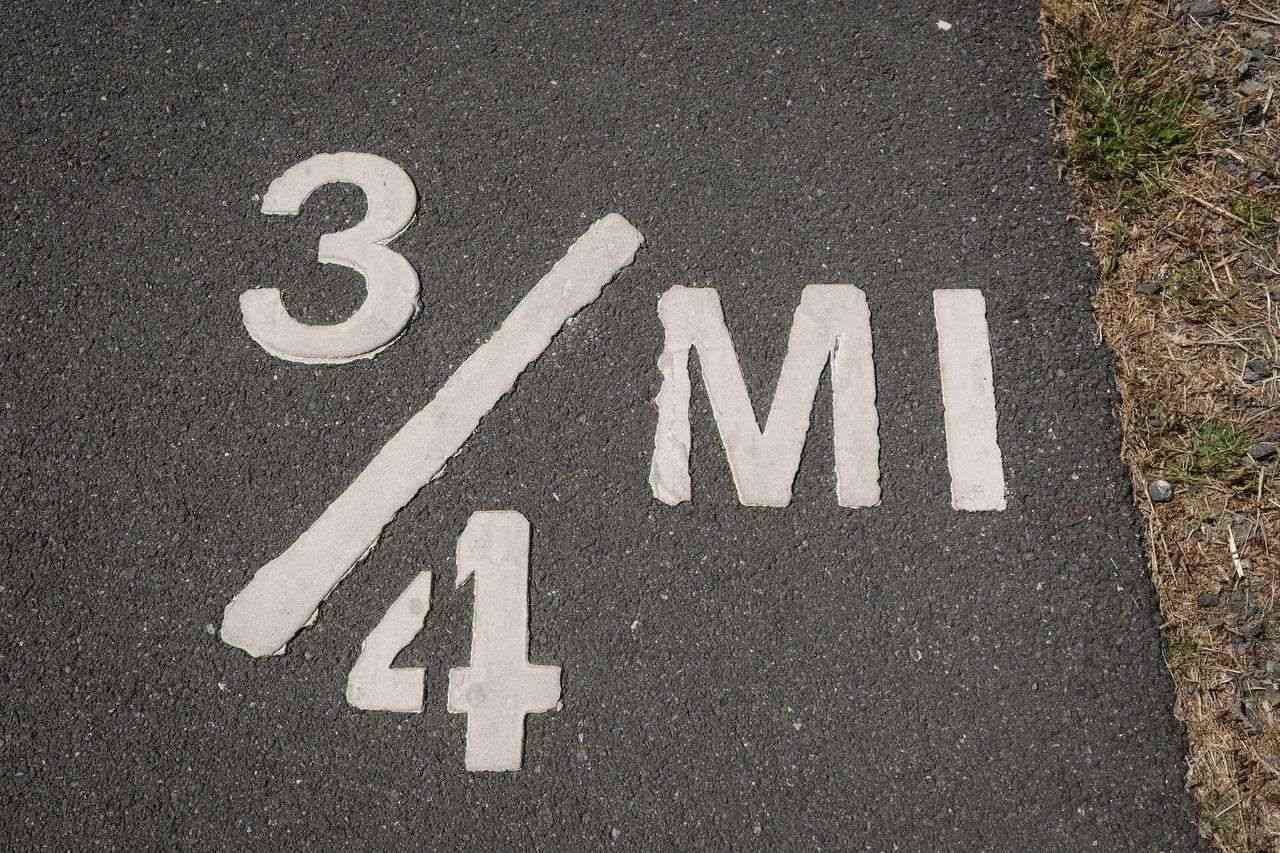
Learn the Ordinal Numbers in Spanish
DATE:
Get ready for one of the simplest, but most important, Spanish vocabulary lessons you’ll have all week! Learning all the numbers in Spanish is a serious task.
Whether you’re going shopping, finding an address, learning your friend’s phone number, or talking about royal titles, knowing the cardinal and ordinal numbers in Spanish is a key competence to have.
The bad news is that, to be honest, Spanish ordinal numbers are a lot more difficult than they are in English. But the good news is that you’re going to learn all of them right now! So let’s get started!
Cardinal and Ordinal numbers in Spanish
What are Spanish Ordinal Numbers?
Spanish ordinal numbers (or ordinal numbers in any language) are numbers that are the adjective form of a cardinal number.
In English, the ordinal numbers are “first, second, third …”, etc. With ordinal numbers in Spanish, the most commonly used forms are for 1 – 10, but you’ll see soon why ordinal numbers bigger than that aren’t so frequently used.
Before we can start really grasping how to use an ordinal number in Spanish, it’s probably a good idea to start with the cardinal numbers first. This way we can kill two birds with one stone (matar dos pájaros de un tiro).
So let’s start counting the cardinal numbers!
What are Spanish Cardinal Numbers?
Cardinal numbers are the classic way we understand what numbers are. They represent quantities of things. The numbers 1 – 29 are fairly irregular, but after that, they tend to be pretty consistent.
Here is a list of the cardinal numbers in Spanish:
- 1 – uno
- 2 – dos
- 3 – tres
- 4 – cuatro
- 5 – cinco
- 6 – seis
- 7 – siete
- 8 – ocho
- 9 – nueve
- 10 – diez
- 11 – once
- 12 – doce
- 13 – trece
- 14 – catorce
- 15 – quince
- 16 – dieciséis
- 17 – diecisiete
- 18 – dieciocho
- 19 – diecinueve
- 20 – veinte
As you can see here, from 16-19, the prefix is “dieci”. This is pronounced as “diez y…” as in, “ten and …” So that’s pretty easy!

Now, the next set of numbers is much more consistent. 21 – 29 are all spelled as a single word, but 30+ is spelled as separate words. But the truth is, they’re pronounced similarly, so you only need to worry about this if you have a habit of spelling out numbers.
- 21 – veintiuno
- 22 – veintidós
- 23 – veintitrés
- 24 – veinticuatro
- 25 – veinticinco
- 26 – veintiséis
- 27 – veintisiete
- 28 – veintiocho
- 29 – veintinueve
- 30 – treinta
- 31 – treinta y uno
- 32 – treinta y dos
- 33 – treinta y tres
- 40 – cuarenta
- 41 – cuarenta y uno
- 42 – cuarenta y dos
- 50 – cincuenta
- 60 – sesenta
- 70 – setenta
- 80 – ochenta
- 90 – noventa
Finally, once you get to 100, it becomes slightly irregular again. 100 is “cien”, but everything after that is “ciento y uno”, “ciento y dos”, etc. Here’s some more numbers all the way to the millions:
- 100 – cien
- 101 – ciento uno
- 102 – ciento dos
- 110 – ciento diez
- 111 – ciento once
- 200 – doscientos
- 201 – doscientos uno
- 202 – doscientos dos
- 211 – doscientos once
- 276 – doscientos setenta y seis
- 300 – trescientos
- 400 – cuatrocientos
- 500 – quinientos
- 600 – seiscientos
- 700 – setecientos
- 800 – ochocientos
- 900 – novecientos
- 1.000 – mil
- 1.011 – mil once
- 1.111 – mil ciento once
- 2.000 – dos mil
- 3.000.004 – tres millones cuatro
So you can see that the hundreds are spelled as a single word, but the thousands are spelled as separate words.
The truth is that the spelling of any cardinal number is a bit complicated, but on the plus side, you usually only need to know how to pronounce it.
Now that you’re basically a native speaker when it comes to cardinal numbers, let’s move on to ordinal numbers in Spanish.
Spanish Ordinal Numbers
Spanish ordinal numbers (los números ordinales) are the adjective form of a cardinal number. They express an order, so they are sometimes referred to as a successive ordinal numbers. In other words, they don’t quantify the subject (like a cardinal number), rather they place it in order based on a group of similar elements.
Unlike English, the Spanish language change according to the gender and number of the noun, just like all adjectives do.
You’ll see that they don’t all have a similar structure, like in English, either. However, there are some general rules you can follow. Let’s look at each example in groups:
From First to Tenth
The ordinal version of the numbers 1 – 10 are by far the most commonly used ordinal numbers in Spanish and are relatively easy to remember. Here they are:
- First – primero
- Second – segundo
- Third – tercero
- Fourth – cuarto
- Fifth – quinto
- Sixth – sexto
- Seventh – séptimo, sétimo
- Eighth – octavo
- Ninth – noveno
- Tenth – décimo
As you’re learning, these are the most common ordinal numbers in Spanish to see, so they should also get a lot of practice with them.
However, since they do work a bit differently than in English, it’s worth going through some of the aspects of ordinal numbers so that you know how to use them properly.
Wondering how the months of the year and dates are pronounced in Spanish? Click that link and check out our full guide.
Let’s look at how ordinal numbers are used in Spanish.
How to use ordinal numbers in Spanish
As an adjective
Remember that adjectives in Spanish must match the gender and number of the noun that they are describing. This continues to be true for all the ordinal numbers. Here are some examples:
- El segundo piso. – The second floor.
- La primera semana.- The first week.
- Papa Juan Pablo II. (segundo) – Pope John Paul II (the second).
- Los primeros en llegar. – The first ones to arrive.
- Japón y España quedaron terceros en los Juegos Olímpicos. – Japan and Spain tied for third en the Olympic Games.
- Las quintas plantas siempre tienen más luz que las terceras. – The fifth floor (apartments) always has more light than the third floor (apartments).
In all of these examples, the number is describing the noun and the ordinal form must match both gender and number. This is why you have “los primeros” because you’re referring to multiple people.
This is really common when you’re referring to a tie in a sport or, for example, when you’re referring to a group of nouns, like third-floor apartments in general.
Definite articles in Spanish accompany nouns and indicate both gender (masculine or feminine) and number (singular or plural). Click that link and check out four comprehensive guide on the matter.
Adjectives can tend to be a bit tricky for English speakers, so it’s important to pay extra special attention to this aspect of an ordinal number.

Masculine Noun
For the first and third ordinal numbers, they each have unique forms when they go before a singular masculine noun. This is a phenomenon that happens often with very common adjectives. Here, the final o is removed so you get:
- El primer piso. – The first floor.
- El tercer coche. – The third car.
This only happens for these two ordinal numbers and only when they are in this specific position. As adjectives can sometimes be placed before or after a noun, with el primer and el tercer, you only use this form when it comes right before the singular masculine noun.
For example, you have: Juan Carlos Primero, but El primer Rey. You also have Luis el Tercero, but El tercer restaurante en la lista.
Using Larger Numbers
Something interesting to note as you learn Spanish is that Spanish speakers, like everyone, tend to change the language to make their life easier.
The truth is that even many native speakers may have difficulty remembering how to say the ordinal number for something like fiftieth (quincuagésimo) / sixtieth (sexagésimo)

For this reason, it’s quite common to hear native speakers simply say “el número cincuenta” instead of the ordinal form.
Since many ordinal numbers tend to be more difficult, due to being so irregular and lengthy, it’s natural that native speakers do their best to take the easy way out.
So you can be thankful that in English, all you have to do is add a -th to the end of a number!
However, for the sake of being able to say any ordinal number you could ever want, let’s go over the rest!
How to say Spanish ordinal numbers
Larger Ordinal Numbers
Just like with the cardinal numbers, numbers 11-20 are really irregular, but afterward, you can use the same formula to create any number. Here is a list of every ordinal number from 11th – 1,000,000th.
- 11th – undécimo / décimoprimero / décimo primero
- 12th – duodécimo / décimosegundo / décimo segundo
- 13th – decimotercero
- 14th – decimocuarto
- 15th – decimoquinto
- 16th – decimosexto
- 17th – decimoséptimo
- 18th – decimoctavo
- 19th – decimonoveno
- 20th – vigésimo
- 21st – vigésimo primero
- 22nd – vigésimo segundo
- 23rd – vigésimo tercero
- 24th – vigésimo cuarto
- 30th – trigésimo
- 31st – trigésimo primero
- 32nd – trigésimo segundo
- 40th – cuadragésimo
- 50th – quincuagésimo
- 60th – sexagésimo
- 70th – septuagésimo
- 80th – octogésimo
- 90th – nonagésimo
- 100th – centésimo
- 200th – ducentésimo
- 300th – tricentésimo
- 400th – cuadringentésimo
- 500th – quingentésimo
- 600th – sexcentésimo
- 700th – septingentésimo
- 800th – octingésimo
- 900th – noningentésimo
- 1,000th – milésimo
- 2,000th – dosmilésimo
- 3,000th – tresmilésimo
- 4,000th – cuatromilésimo
- 1,000,000,000th – millonésimo
As you can see, there are a lot of irregularities and nothing really stays too consistent besides the fact that you can add -ésimo to the ending of anything after 100th.
For 11th and 12th, you can say either “undécimo” or “décimo primero”. The second also can be written as a separate word or combined. The latter is a modern form of the word that is meant to match the other ordinals, but it’s been accepted by the RAE.
Just remember that you also need to change these for the appropriate feminine form.
Complex Ordinal Numbers
So those numbers are wonderful to know, but how do you combine them to say a word that is more complex? You just combine each ordinal number together. Think of it as the following formula:
- 1248 = 1000 + 200 + 40 + 8
- milésimo ducentésimo cuadragésimo octavo
It’s quite a mouthful, but that’s just the way it is!
Writing Ordinal Numbers
Now that you’re working on memorizing all of these numbers, it’s important to learn how to write them, as well. The abbreviated form of the number is always written with a small a or a small o at the end of the number. For example:
- El 4º piso – El cuarto piso. (The 4th floor)
- La 2ª vez – La segunda vez. (The 2nd time)
In these cases, the º represents a masculine noun, whereas the ª is for a feminine noun. But remember, in the cases of singular masculine nouns, you should use a superscript -er for primer and tercer.
The next thing that you’ll often see is Roman numerals that should be used as ordinals. This is incredibly common for royalty and other titles. So for a king, you might see Felipe VI (Felipe Sexto).
However, when referring to centuries, people almost always prefer to say the cardinal number rather than the ordinal. For example, it’s much more common to hear “el siglo veinte” than “el siglo vigésimo” for the 20th century (siglo XX).
Fraction Numbers

For fractions, it should be pointed out that they are actually used differently and separately from ordinal numbers.
Here is a list of fraction numbers:
- Mitad / Medio = ½
- Tercio = ⅓
- Cuarto = ¼
- Quinto = ⅕
- Sexto = ⅙
- Séptimo = 1/7
- Octavo = ⅛
- Noveno = 1/9
- Décimo = 1/10
- Onceavo = 1/11
After 11, you just need to use the root word from the cardinal number and add -avo to the end, up until 1000. Once you get to 1000, you add -ésimo to the ending, instead.
These aren’t numbers you’ll likely need to use very often unless you need to talk about Math in Spanish. Though it’s great to know the fraction words for 1 – 10.
You’re Number 1!
That’s all for today. You’re now officially a math whiz in Spanish. Or at least you’re on your way!
Ordinal numbers tend to be really difficult for both native speakers and Spanish learners, so don’t worry if you don’t memorize them all at once!
The best thing to do is to learn 1 – 10 for the ordinals and fractions, then slowly start learning some of the others.
And remember, even notice speakers often just say “el número X” instead of larger, more complex ordinal numbers, so don’t worry!
And as always, if you’re ready to show off your counting skills, go ahead and sign up for a free private class or a 7-day free trial of our group classes so you can practice what you learned.








